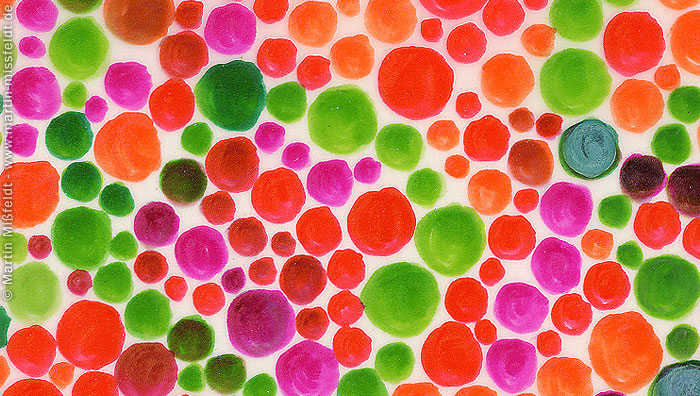
What is a mole?
A mole usually happens after the skin is exposed to bright sunlight which affects the natural melanin and the melanocytes that make up the skin pigments. The usual outcome is that the skin tans or becomes darker. When a melanocyte (skin pigment) grows together in a cluster – this is called a mole. These are extremely common and according to the British Skin Foundation, most of us will have between 10 and 50 on our bodies. A mole is usually brown in color and has a single tone
What is melanoma?
Even the word “melanoma” comes from the Greek “melas” which means black and is, therefore, the perfect term to describe a part of the skin that has developed an abnormal coloring. Melanoma can develop near to a normal mole, on top of one or on a different part of your skin. The main difference between a melanoma and mole is the fact that melanoma will multiply and spread to other parts of the body.
Two or more colours
One of the most obvious and easy to spot signs that your mole might be at risk is its color. If it is flat and even in tone – there is probably nothing to worry about. But if you notice two or more colours within the mole or around its edges, it is time to have it checked out.
Have a look at your mole color: colours you might expect to see range from a dark black through to different shades of brown and even pinks, blues and reds. The fact that you have two or more shades within the mole is the key to identifying something that is a bit iffy. Of course, if you see blood or weeping, it is doubly important that you have it checked by your doctor.
What does a normal mole look like?
Different from the others
A mole on your skin that is different in color to other moles may also be a warning sign. This is especially true if it is larger and has less definition around its borders. In this case, even if it has just one color, you should do a skin cancer check.
Mole color that changes over time
If your mole has lightened or become darker over time, this may be an indication that it is changing. Once again, you should have this checked out. This is when having a time-lapse photo collection would really help. Use SkinVision to take a photo and then compare it over time can really help to identify a darkening mole or a mole with changing color.
The moles on your skin are usually perfectly fine and a normal reaction to sun exposure.





